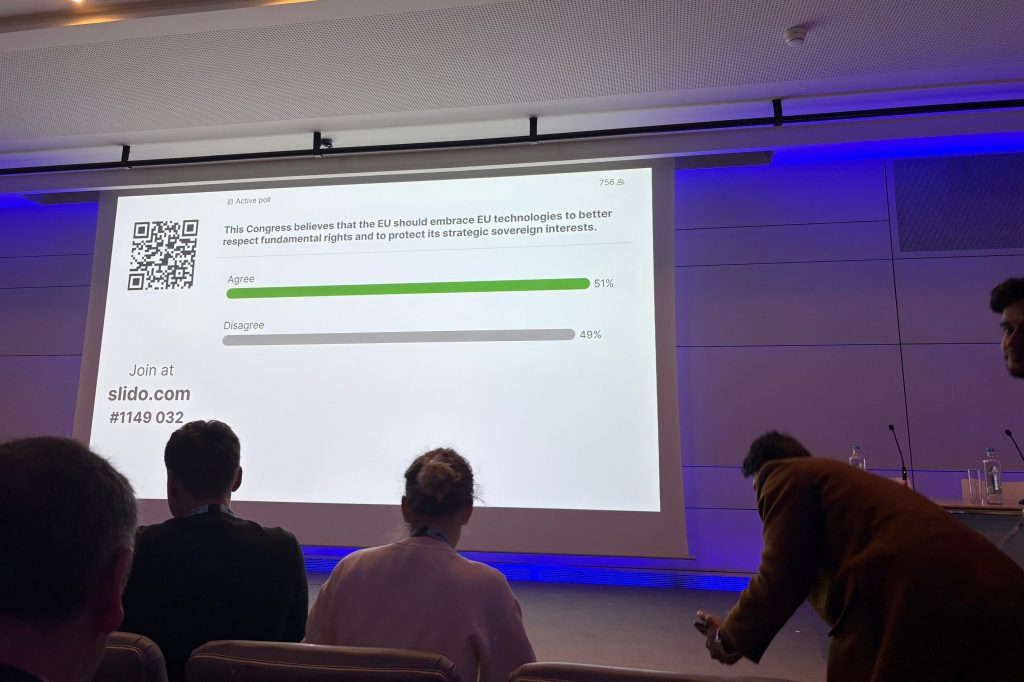Earlier this month, the UK government closed the consultation on the introduction of mandatory ethnicity and disability pay gap reporting for certain employers, including those in the financial services sector. As we await the outcome of the consultation, this article looks to discuss what we can likely expect.
This consultation
Register for free to keep reading.
To continue reading this article and unlock full access to GRIP, register now. You’ll enjoy free access to all content until our subscription service launches in early 2026.
- Unlimited access to industry insights
- Stay on top of key rules and regulatory changes with our Rules Navigator
- Ad-free experience with no distractions
- Regular podcasts from trusted external experts
- Fresh compliance and regulatory content every day

















